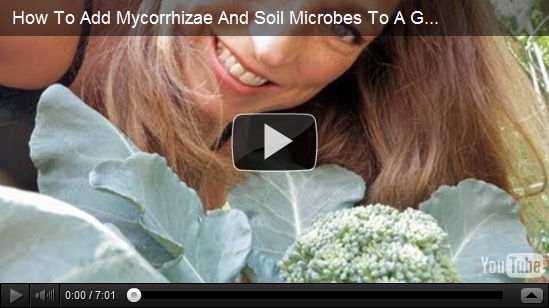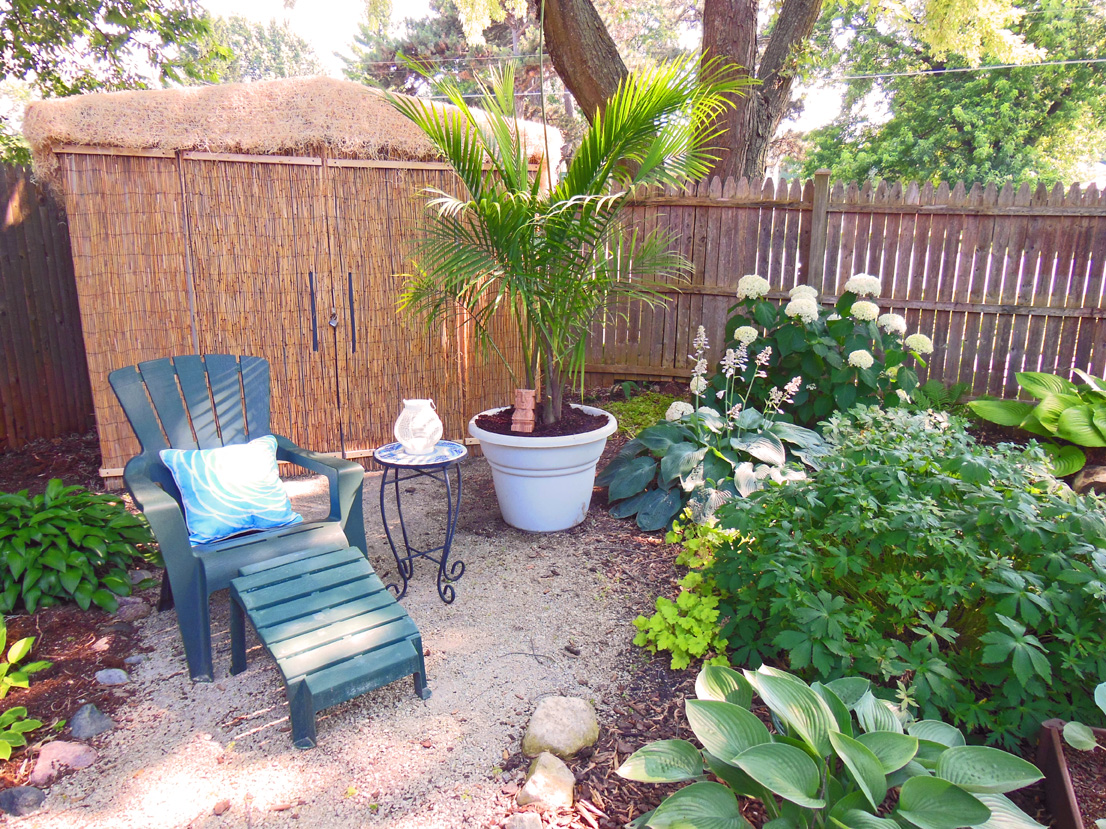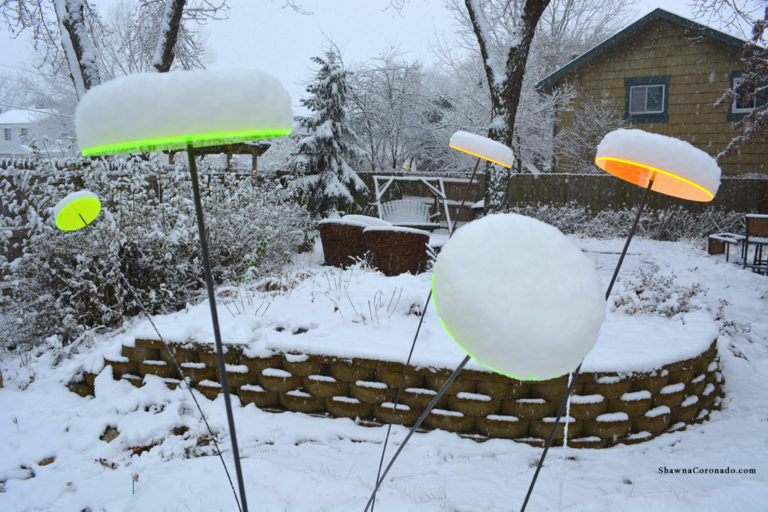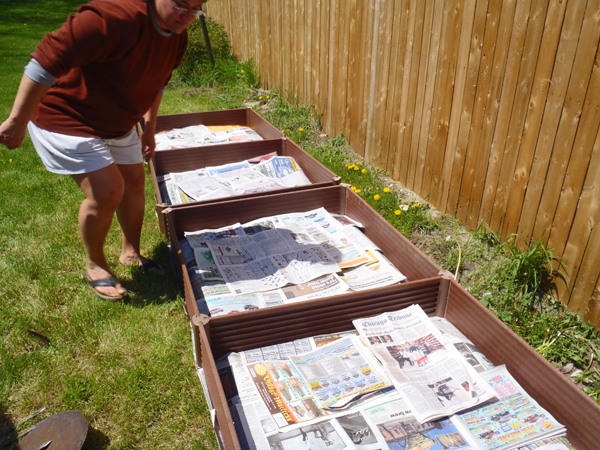A Garden Experiment: Does Adding Mycorrhizae And Soil Microbes Really Make A Better Vegetable?
Soil. It is the secret mojo of a garden. If you have good soil, you have a head start with every plant you put in the ground. Therefore, discovering the best soil additive to use is one of the well-contested arguments in the garden world.
For years I have heard the argument both for and against soil additives that focus on select soil microbes like mycorrhizae, which is a type of microbial fungus that grows in association with the roots of a plant in a symbiotic or pathogenic relationship. My solution was to conduct a garden experiment that would be my personal proof (one way or another) as to whether adding a variety of soil microbes to your soil can really make a difference.
Wow. Was I surprised at the result of the study! Watch the video above to see the physical results of the plants. You will see my awesome garden helper, Josette, help me install the plants in the spring, then the end-of-the-season results can be seen on the video as well.
Below you can see the study we conducted utilizing John and Bob’s soil microbe additive product. I was happily surprised at the positive results at the end of this experiment and would definitely use John and Bob’s product again.
While we studied the plants all season, we have listed the final measurements listed below from the last end of the season measurement. Below you see the size measurements of plants WITH the John and Bob’s products and WITHOUT the John and Bob’s products.
However, the important part of this study was vegetable production. As you can see in the video – and very important to note – is the cauliflower which had the product added had full heads, the plants without the product did not have a strong head growth. This result was seen in almost all the vegetable and fruit growth. In other words, there might have been only a few inches difference in plant height, but there was a dramatic difference in actual fruit/vegetable production:
Experiment Results:
- Swiss Chard ‘Bright lights’ – Plants With 20 1/2”, Plants Without 17”
- Cauliflower ‘Cheddar’ – Plants With 22”, Plants Without 18”
- Celery ‘Tango’ – Plants With 15”, Plants Without 13”
- Cabbage ‘Pacifica’ – Plants With 19”, Plants Without 17”
- Broccoli ‘Flash’ – Plants With 17”, Plants Without 15”
- Squash ‘Burpee Hyprid Zucchini’ – Plants With 58”, Plants Without 46”
- Pepper ‘Pinot Noir’ – Plants With 30”, Plants Without 22”
- Basil ‘Red Rubin’ – Plants With 19”, Plants Without 15”
- Tomato ‘Fresh Salsa’ – Plants With 49”, Plants Without 46”
- Tomato ‘Early Girl’ – Plants With 38”, Plants Without 37”
- Tomato ‘Yellow Pear’ – Plants With 98”, Plants Without 78”
- Cucumber ‘Sweet Burpless’ – Failed plants due to fungus
- Onion ‘Red Zepplin’ – Failed plants due to zucchini taking them over.
Special note – In reviewing the product upon initial application, I became a tad confused by the package directions on how to apply. Readers should understand that, according to John and Bob, all four steps of the four-part system must be used to achieve optimal results.
What is in John and Bob’s all organic product and why does it work?
John and Bob’s is a four-part system –
- Optimize – Decomposed humus matter which supports beneficial soil micro-organisms that help fight plant disease.
- Maximize – Introduces beneficial micro-organisms, fungi, and protozoa to build up the web of life that is the key to healthy productive soil.
- Penetrate – Penetrates and breaks up hard or clay soil to allow air and moisture to circulate in the root zone. Introduces the beneficial bacteria like mycorrhizae that break down leaves and grass trimmings into plant food.
- Nourish – Is made from the bloom (mycelium) of beneficial soil bacteria and fungi created during the process of making antibiotics. Stimulates beneficial micro-organism activity in the soil.
According to John Valentino, owner, and creator of John and Bob’s Grow Green Smart Soil Solutions, “When all four of our products are used [together as a four-part system], complex soil life will produce a soil that can interact with water and air to produce nutrients such as NPK and micros on its own without supplementation. In addition, one of the four products (NOURISH-Biosol) is an organic fertilizer 7-2-1 that feeds plants and feeds the soil. It is made of dried mycelium from the bloom of beneficial fungi and bacteria cultured from soybean meal and cottonseed meal.”
Did It Work?
While there are tons of factors that go into the growth of a vegetable, the soil factor seems to be the most important. In my experience this season with John and Bob, I was delightfully surprised at the results. In other words, this experiment was a success! Give it a try for yourself next season and let me know your results.
If you want to know more about John and Bob’s Grow Green Smart Soil Solutions, please go to their website, or follow them on Facebook or Twitter!
Very special thanks to my special garden helper Josette Cook for helping me install the vegetable garden you see above, for helping me with the video creation, and for measuring the plants for the experiment – it was much appreciated!
*Note – Because the FTC requires it, I am noting that Burpee Home Gardens supplied the vegetable plants grown in the garden this season, and John and Bob’s Grow Green Smart Soil Solutions provided the soil additives for this experiment. I write many instructional stories and videos with these incredible products and donate a large portion of the vegetables to the local food pantry when harvested.





Your vegies really look healthy even without the micorhiza. I love the way you presented your talk, especially when you said “huge”, as in it really seem huge even if we dont see the specimen. I will be back here.
Thanks – glad you enjoyed the write up and video. 🙂
Shawna